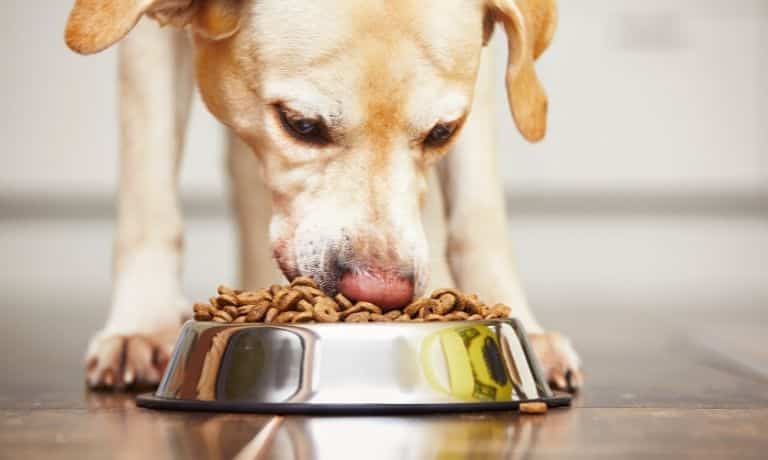
Changing your dog’s food can be a big decision. You might be considering a switch for several reasons:
- Your dog’s current food isn’t agreeing with them.
- You’re looking for a food with more (or less) of certain nutrients.
- You’re simply trying to save money.
There are a lot of factors to consider, and it’s essential to do your research to ensure you’re making the best decision for your pet. There are a few things to consider when you’re thinking about switching dog foods.
Talk to Your Vet
The first step is always to talk to your veterinarian. They will be able to tell you if there are any medical reasons why a switch might not be a good idea for your dog. They can also recommend specific foods that might be a good fit for your dog’s needs.
Consider Your Dog’s Age, Size, and Activity Level
Another vital factor to consider is your dog’s age, size, and activity level. If your dog is very active, it might need food that has more calories and protein to keep them fueled. Puppies and senior dogs have different nutritional needs than adult dogs. And small breeds generally need less food than large breeds.
Read the Label
Once you’ve narrowed your options, it’s time to start reading the labels on the animal feed bags. The ingredient list is the most critical part of the label, so take a close look at that first. The order of ingredients is helpful, too—ingredients are in order of weight, so the first ingredient should be something like meat or poultry.
You should also ensure the food has been tested and meets AAFCO standards. The Association of American Feed Control Officials is a nonprofit organization that sets standards for pet food manufacturing.
Don’t forget to take a look at the guaranteed analysis, too. This label will tell you about the food’s minimum percentages of protein and fat and the maximum percentages of fiber and moisture.
Transitioning Based On the Label
Choose food that meets your dog’s needs and that you can afford, and then make the switch gradually to avoid upsetting your dog’s stomach. Start by mixing the new food with the old food, gradually increasing the amount of new food until your dog is eating only the new food. This transition should take about 10 days.
Your pet is integral to your family, so you want to ensure you’re giving them the best possible care. Switching dog foods is a big decision; you should consider a few things before making the switch.
Talk to your vet, read labels carefully, and transition slowly to avoid stomach upset. You can find the perfect food for your furry friend with some research.




